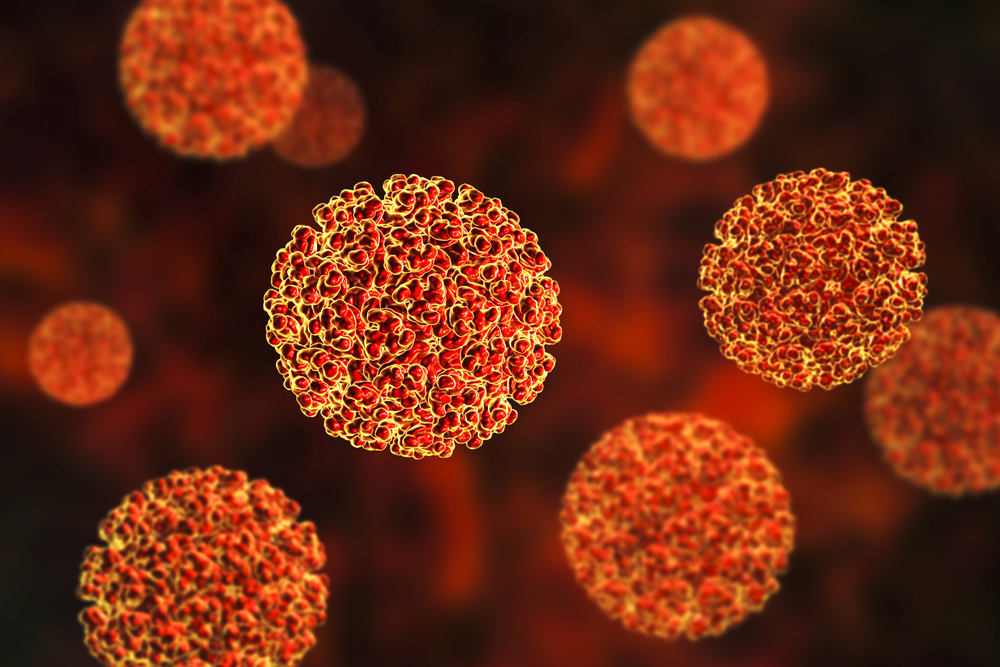
As climate change fuels the spread of mosquitoes worldwide, scientists at Stanford University have created a new model that predicts how temperature will affect the spread of the mosquito-driven Ross River virus.
“Scientists are realizing that warmer temperatures mean longer mosquito seasons and mosquitoes entering new regions where it was previously too cold for them to survive,” Erin Mordecai, Assistant Professor in Biology at Stanford University’s School of Humanities and Sciences and senior study author, said. “Warm temperatures also speed up the biological processes that help mosquitoes spread viruses. But working out the precise effect of temperature on different stages of mosquito growth and spread of viruses is tricky because so many factors are involved.”
Traditionally tropical diseases, like Australia’s Ross River virus (RRV), are spreading alongside those warmer temperatures. In RRV’s case, it used to infect between 2,000 and 2,900 people annually in Australia and leave them with long-term joint pain and disability. Each increasingly warmer season, though, the numbers rise, and their outreach spreads from the subtropical north to more temperate south.
According to the report published in the journal eLife, scientists determined the optimal temperature for RRV spread was 80°F, while that spread would be limited at temperatures below 63°F and those exceeding 89°F. Mosquito lifespan was the most important factor, with those excessive temperatures limiting their fertility, survival and transmission capabilities. This was based on studies of two mosquito species, tracking mosquito growth, survival, bite rate, and infectiousness.
“Our study provides strong evidence that temperature drives infection patterns at the continent-wide and seasonal levels,” first author Marta Shocket, Postdoctoral Scientist in Stanford’s Biology Department, said. “In the short term, our work will help researchers build better statistical models for RRV which can be used to make more specific predictions based on climate change. In the long term, it should help mosquito control agencies better plan for the future and may provide further evidence of the need to combat climate change.”




